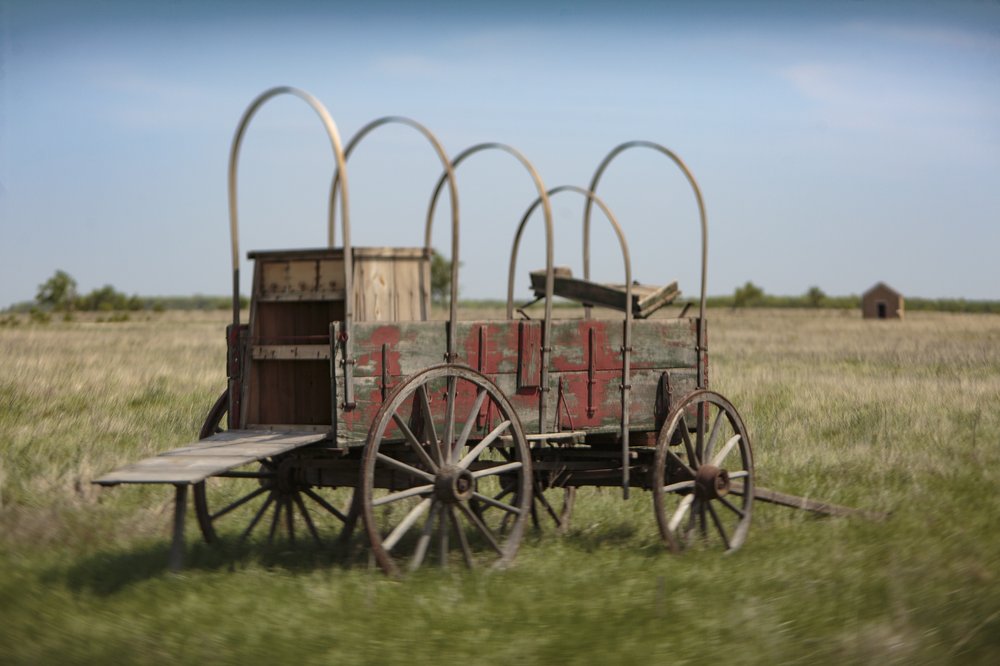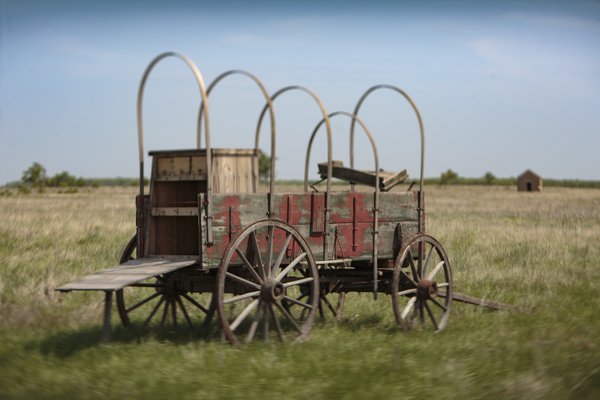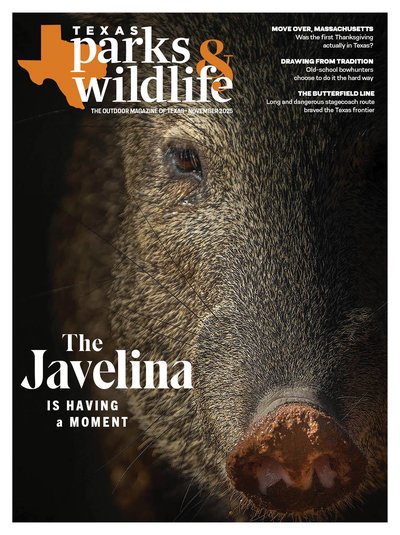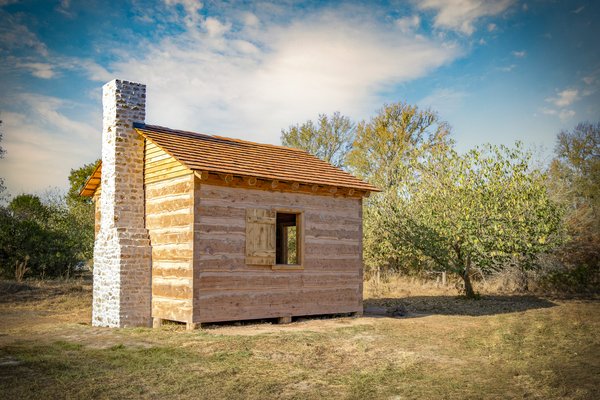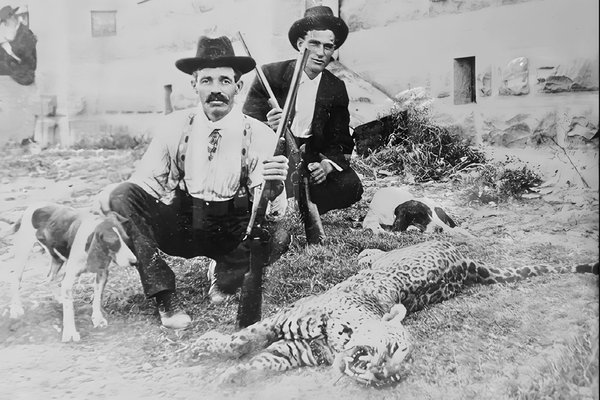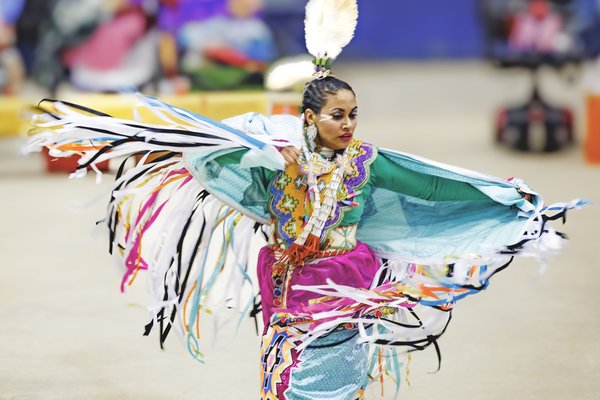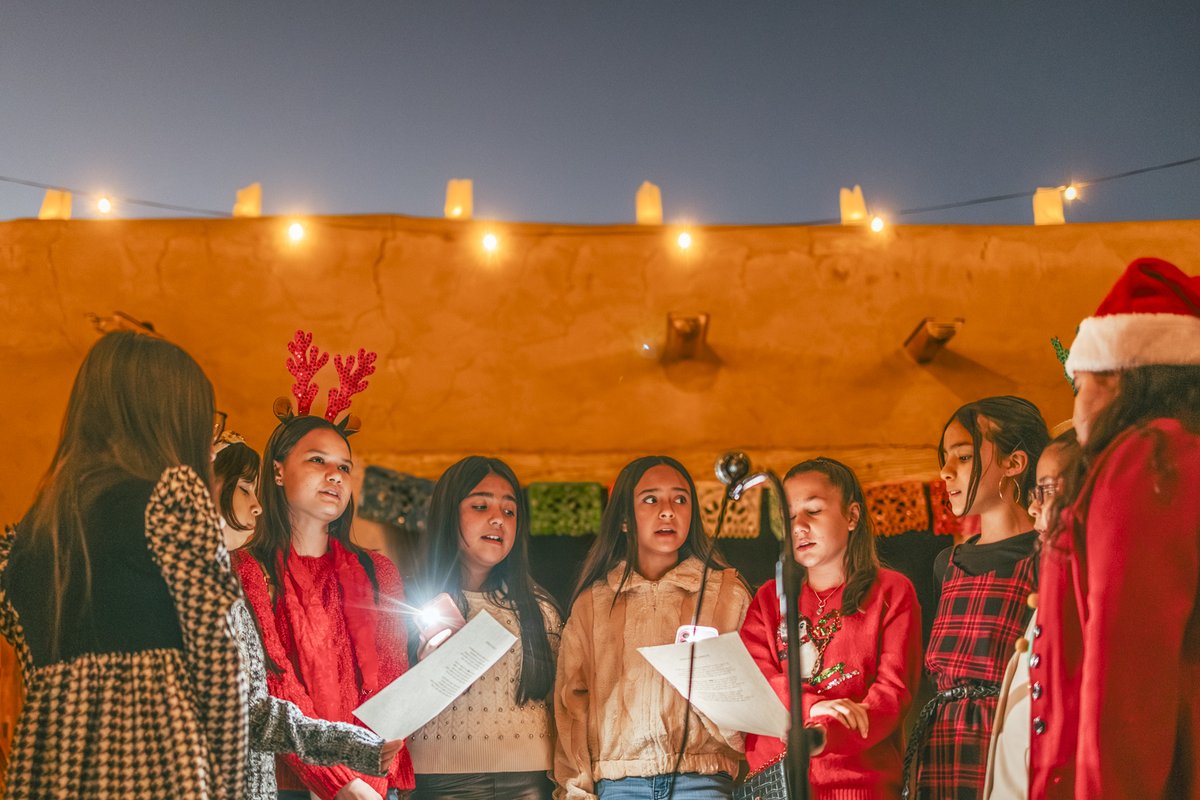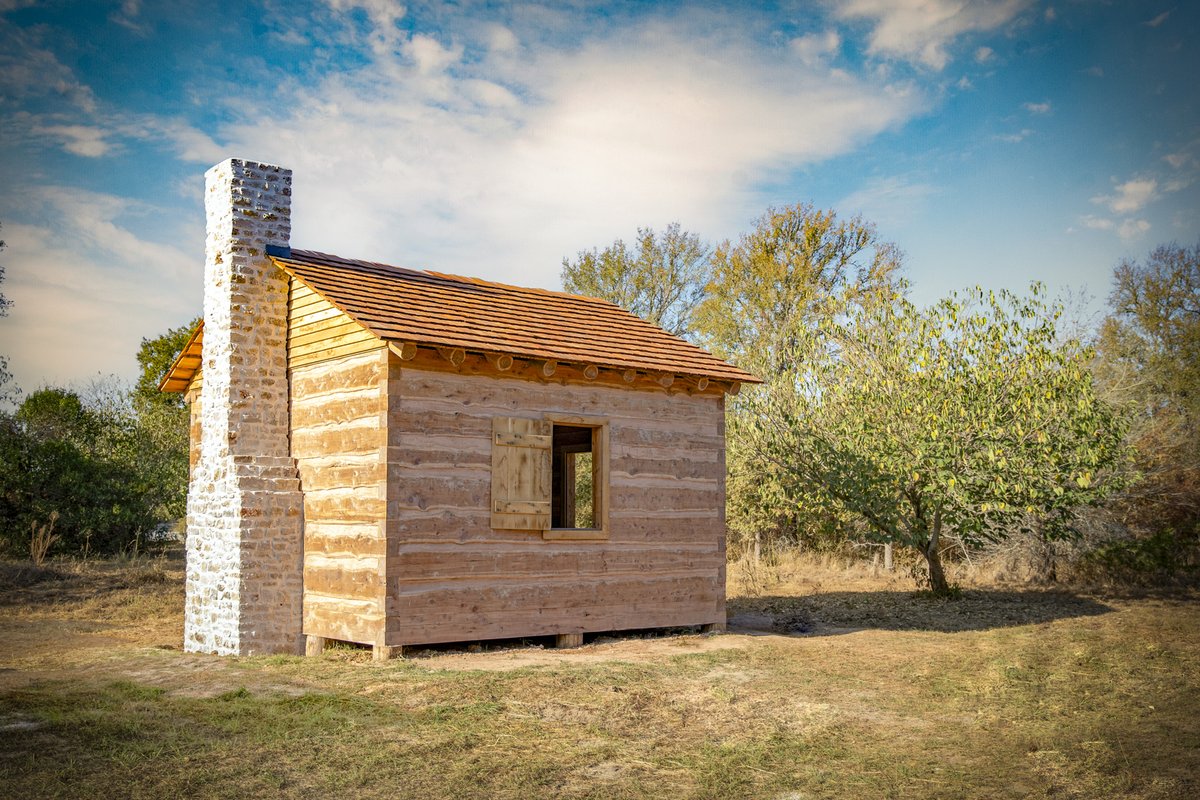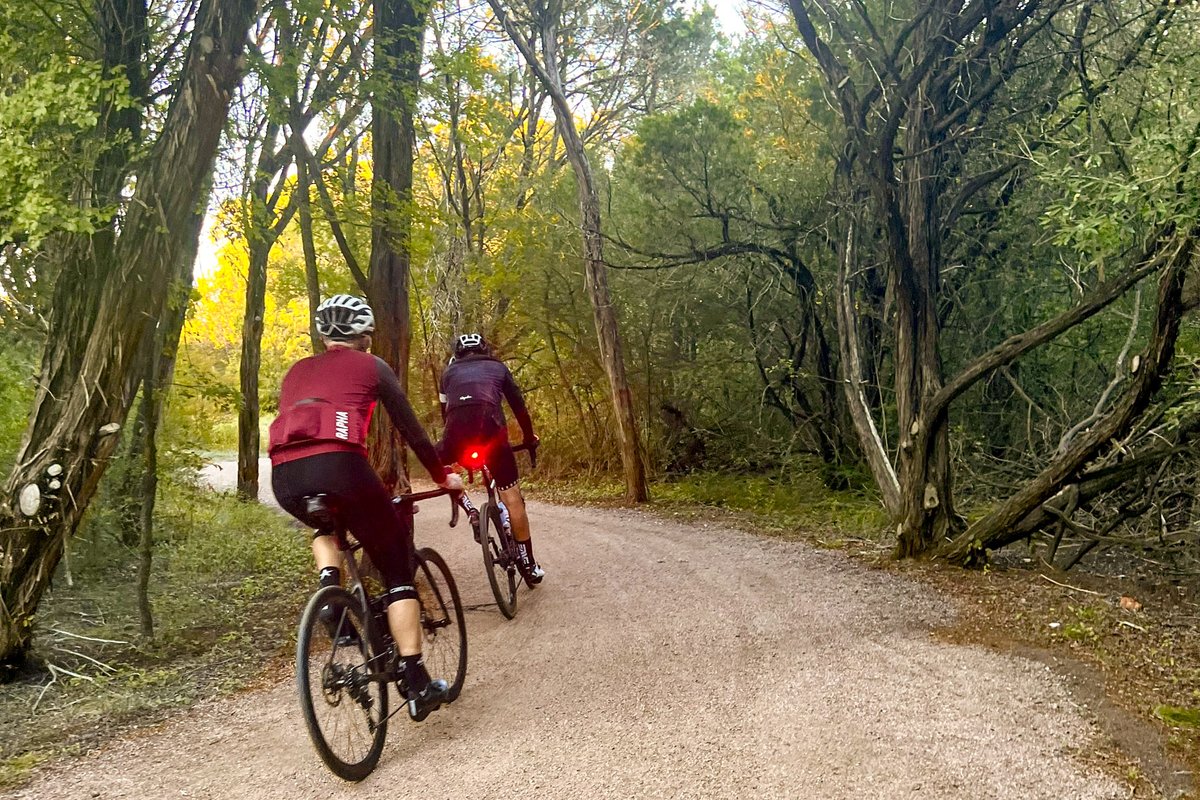I am not a historian, never have been. The only dates I have memorized are those of my own unfortunate aging and the anniversaries of immediate kin. But I am a Texan, and as every good Texan knows, there is a history and grit here, factors that anchor us to the very land.
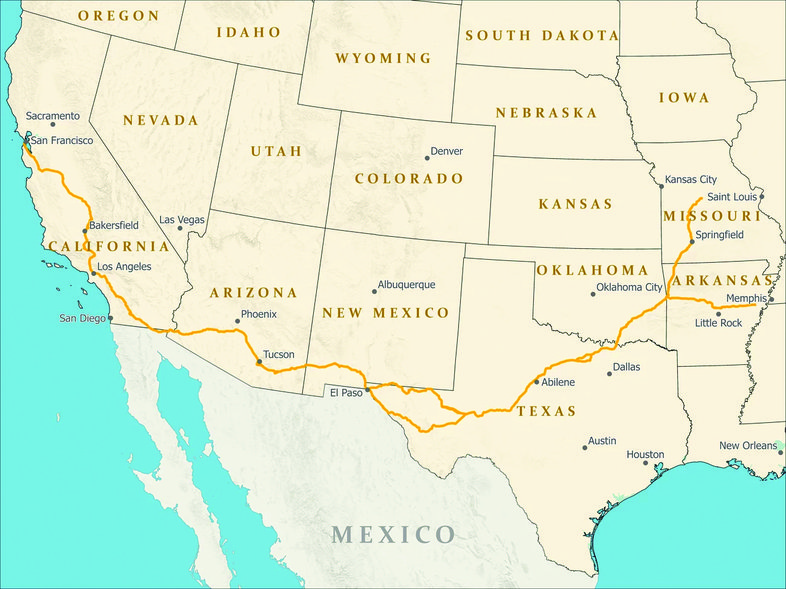
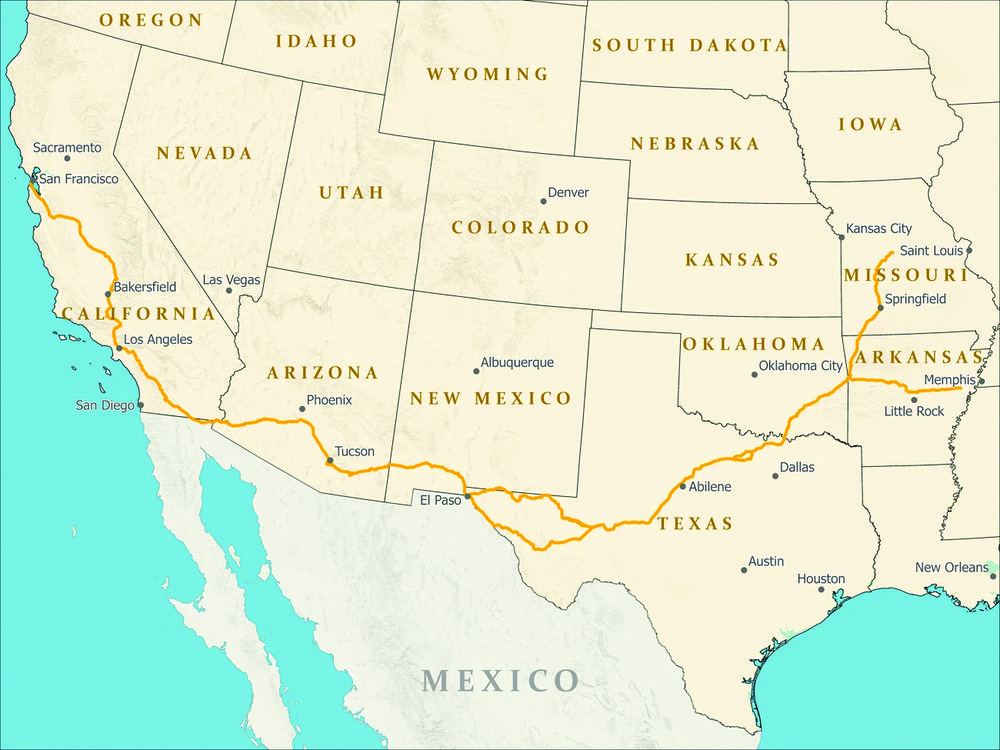
The Butterfield Line stretched between the eastern terminals of St. Louis and Memphis and the western terminal of San Francisco.
The Butterfield Line stretched between the eastern terminals of St. Louis and Memphis and the western terminal of San Francisco.
Before the internet, the telephone, the automobile, before the iron rails that connected East to West, the mail was an irregular thing. What takes the a matter of seconds to send today took weeks in the mid-1800s. Of course, that assumes it was received at all, death and robbery often interfering. A letter from New York to California might be delivered via steamboat (with a small land leg across Panama), or across the continent by stagecoach. The most notable route was the Butterfield Overland Mail.
It took a year from contract signing to establish and outfit a line of stations across the country. Then finally, in September 1858, the first Overland Mail stagecoach departed St. Louis bound for San Francisco, with post and one passenger, a reporter for the New York Herald named Waterman Lily Ormsby. It was the budding of a new venture, combining the golden opportunity of the West with the spirit and drive of the new frontier. Butterfield stagecoaches left twice a week laden with passengers, freight and mail. The coaches could travel about 100 miles per day and reach San Francisco in 25 days. The service lasted less than three years before being disrupted by the Civil War and overtaken by the telegraph.
But historian or not, I am drawn to the bones of the past, the remnants, the forgotten places strong in their day. So, when the opportunity arose to follow the wheel ruts of the Overland Mail through Texas, to imagine the West at a time when soldiers patrolled open frontier and Natives defended it, what else was there to do but jump in and go for a ride?
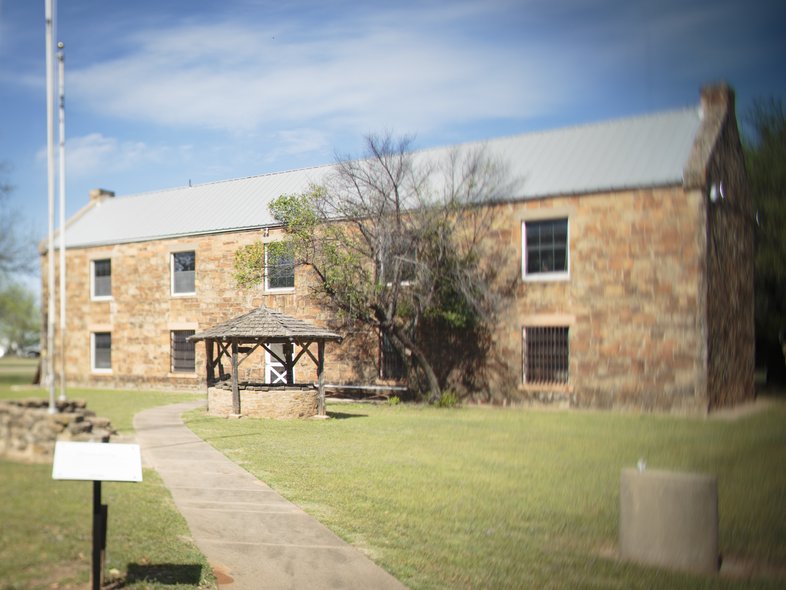
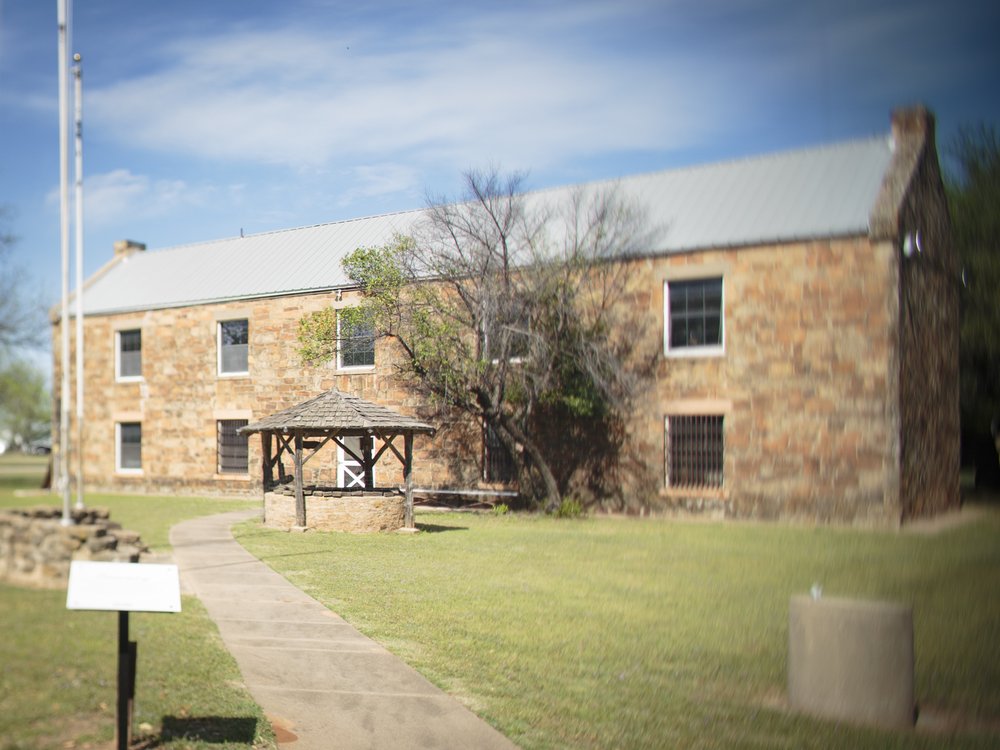
A stone two-story building at Fort Belknap.
A stone two-story building at Fort Belknap.
Fort Belknap
With magazine photographer Sonja Sommerfeld joining me, we begin our trip at Fort Belknap on the Brazos River, the northern anchor in a series of Army forts stretching to the Rio Grande, and the nearest fort, at the time, to Kiowa and Comanche country.
As I step into the old commissary-turned-museum, the stories are flowing like the Brazos itself. Director Jim Hammond is on a roll. Comanche raids. Stagecoach drama. The valor of Britt Johnson. The murder of Maj. Robert Neighbors. To hear Jim recount these stories as if each event were a long-lost friend is to hear passion. His words paint the romance of the western frontier with the brush of reality. I am immediately humbled, and grateful for the comfort and ease of passage I take for granted — snug in my 1500 Dodge Ram — and the knowledge my family is safe at home.
And I wonder, what about the past enthralls me so? Is it a memory I can’t quite remember? The echo of a previous life? Plain, simple voyeurism? No. There is something more profound here. Call it adventure or nostalgia; whatever you call it, Jim and his stories are hard to leave. But as with the post, our journey must continue, and “neither heat nor gloom of night” will stay us “from the swift completion of our appointed rounds.”
Back in our own 21st century horseless carriage, we head south across the Brazos, then west along rolling plains and live-edge backroads to the Clear Fork of the Brazos where the Overland stage paused just long enough for a change of stock and a bath. I stand for a moment on the old trestle bridge, only the blue sky above for company, and the hair on my arms rises to attention, as if I am being watched, as if I have stepped into a private moment from long ago. Perhaps I had.
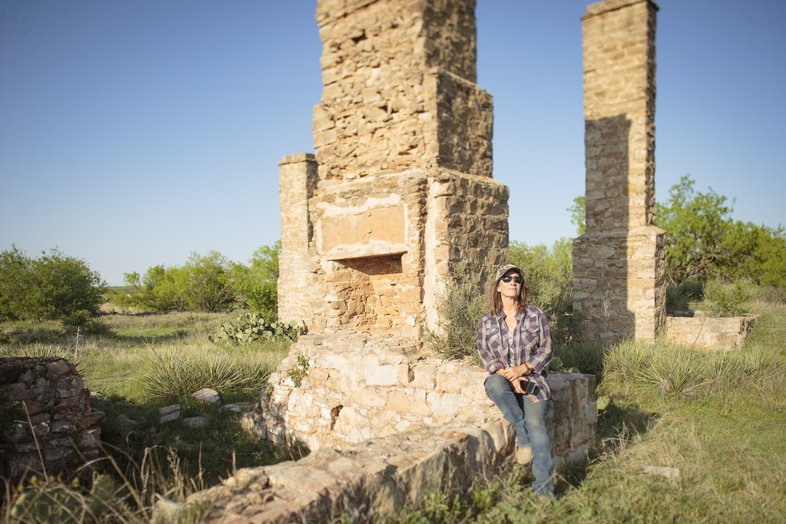
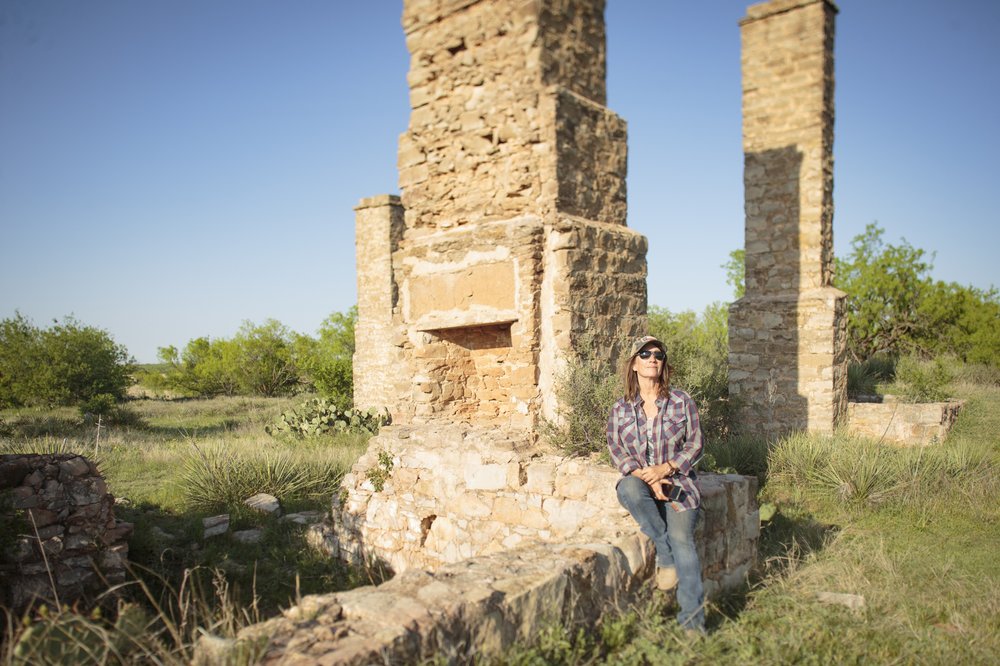
The author and one of 15 chimneys that remain at Fort Phantom Hill.
The author and one of 15 chimneys that remain at Fort Phantom Hill.
Fort Phantom Hill
On a ridge above the Clear Fork, 15 chimneys stand like giant headstones over graves of the past. Abandoned in 1854, Fort Phantom Hill was ravaged by fire, which destroyed most of the log walls and thatched roofs. The chimneys, and a few buildings of stacked rock, chiseled and some charred, are all that remain of Fort Phantom Hill. It is still today not unlike what Orsmby must have seen upon first approach.
“Most of the chimneys are still standing, and as they reflected the light of the full moon as we drove up as might well become the title of ‘Phantom Hill’ ... the cheapest and best new station on the route.”
From the parking area, I follow a twisted path into the center of the old fort. Sonja moves independently, stalking angles and exposure in search of the perfect shot. The only sounds between us are the low of a distant cow, the rustle of mesquites and the purr of an occasional engine on this little-traveled farm-to-market road.
But there is something more to this overgrown, broken, abandoned, left-for-dead-then-saved place; Fort Phantom Hill has a soul. In the quiet of upright chimneys and broken buildings a faint whisper surfaces, and moves like the trickle of a spring through my mind. If the chimney is the heart of the home, then clearly the heart still beats at Phantom Hill.
Some say it was the soldiers who burned the fort down — so disgusted and tired of the brackish, muddy waters of the Clear Fork, the dry southern plains, the constant struggle for basic life. Others believe the Comanche set the land alight in protest.
Regardless, I find beauty here in the brokenness of it all.
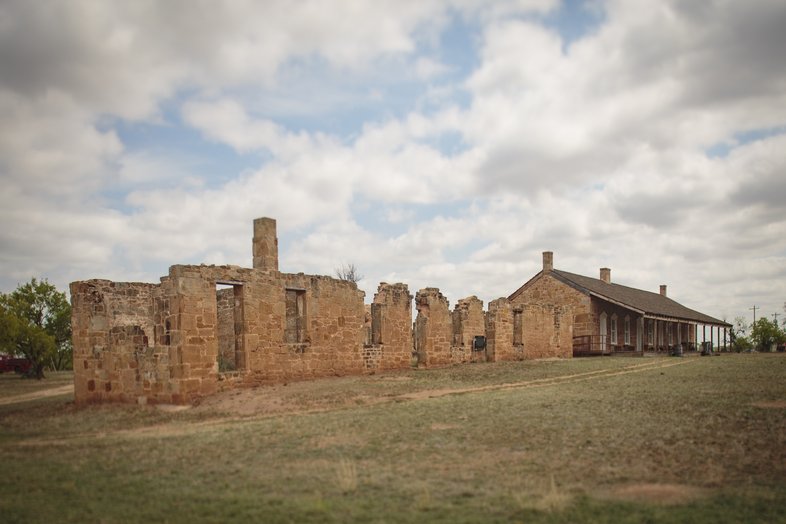
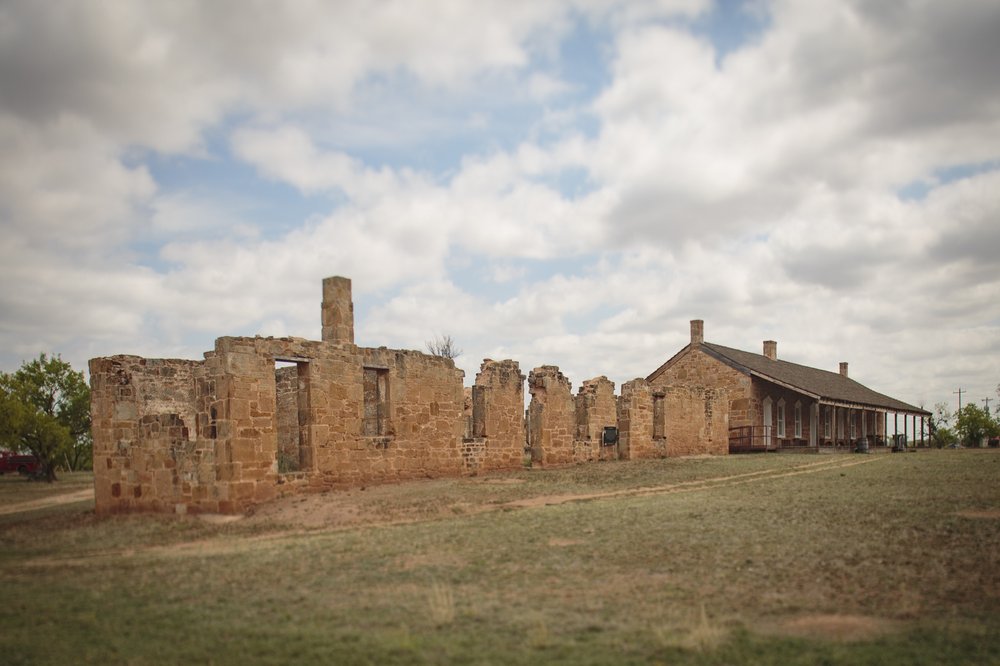
The remaining walls of Fort Chadbourne.
The remaining walls of Fort Chadbourne.
Fort Chadbourne
If you take the backroads from Phantom Hill, skirt Abilene to the north, then head southwest, you’ll see the landmark of Castle Peak in the distance. Although somewhat outshined by wind turbines today, this natural fortress was a beacon to the 19th century traveler, guiding the Overland Mail into the welcoming arms of Fort Chadbourne.
The station building at Fort Chadbourne is now a museum of sorts. A rebuilt stagecoach perched on strappy leather shocks and spindle wheels captures our attention. It is something akin to the coach that Butterfield would have used on the northern route, before switching over to the lighter, box-car-like celerity wagon for the rugged and arid terrain of Texas.
As Sonja and I stand marveling at the brilliant gold and red restoration, our guide Brent Bryan reaches over and leans on the coach, bouncing it up and down like a ship on rough seas. Sonja shoots me the side-eye. “I would be so sick I couldn't do it,” she says. “I would be sick the entire time.”
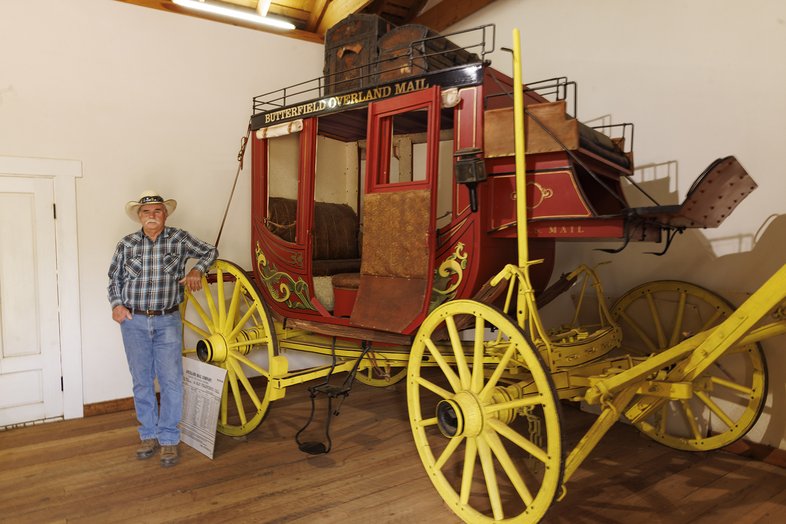
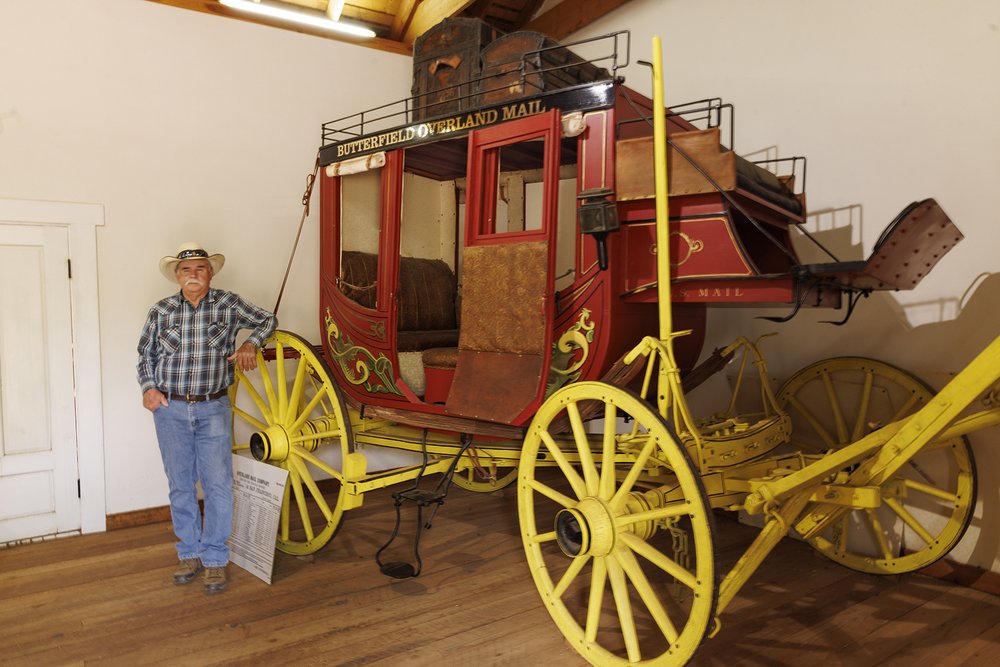
A restored stagecoach at Fort Chadbourne's museum.
A restored stagecoach at Fort Chadbourne's museum.
And here I must pause for a moment to speak of the passenger experience. Orsmby was lucky, riding solo — only the mail and Butterfield employees for company. This was first class compared to the forced intimacy future passengers would endure, shoulders and knees touching, cramped sleeping positions, running day and night over jarring landscape. It was a camaraderie, or discord, built on exhaustion and sweat.
And it turns out Sonja was dead-on. “White pants and kid gloves had better be discarded by most passengers,” was Ormsby’s final assessment on passenger accommodations.
From Chadbourne, our course takes us west to the Pecos River, a deathly and dry stretch still today, one at the time littered with the left-behind bones of “decayed and decaying animals… of cattle and sometimes of men…” Here, at Horsehead Crossing, the problems of everyday life seem insignificant, put in their proper place by those who came before, by the people who risked everything to achieve their goals.
After crossing, Ormsby and his crew traced the Pecos north, then west through the Guadalupe Mountains. We choose the southern path instead, a safer and less thirsty route adopted in 1859
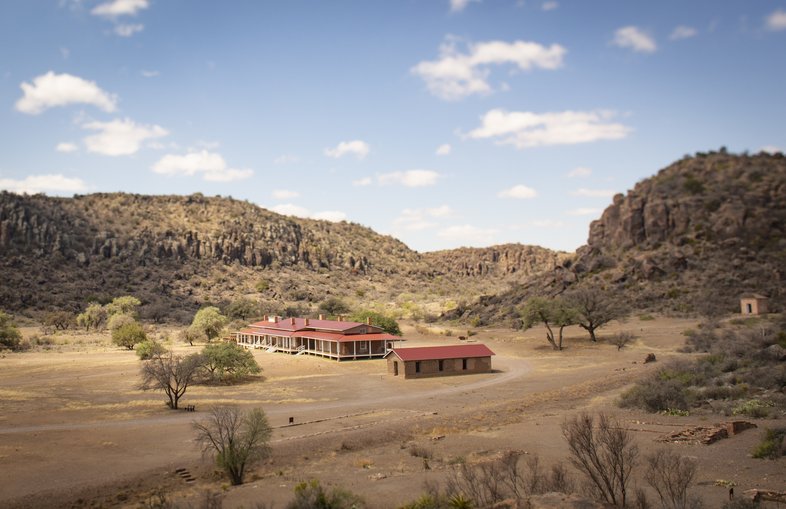
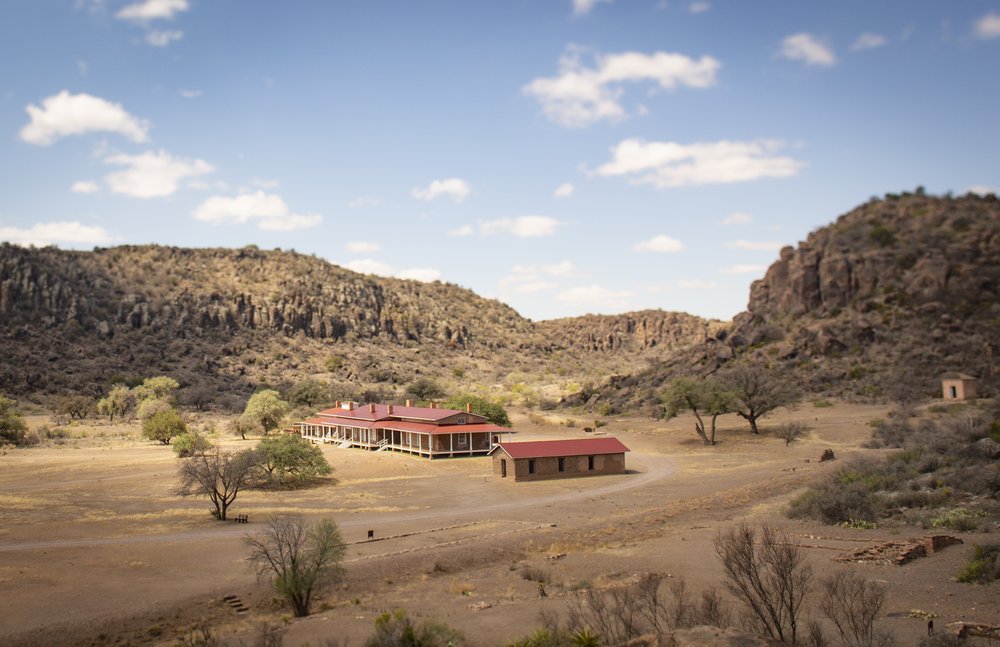
Fort Davis was a West Texas frontier military post and a stop on the Butterfield line.
Fort Davis was a West Texas frontier military post and a stop on the Butterfield line.
The overland station at Fort Davis has all but vanished under scattered rock, cactus and overgrown trees, but the fort itself remains a sight to see. It’s easy to imagine the relief passengers must have felt arriving at this stronghold after traversing such rough and rowdy terrain, their very life at risk with each turn of the wagon wheel.
It’s been said that if you want to understand the life of a place you must first understand its death. Sites of loss and burial have a voice. The land remembers, if only we are quiet enough to listen.
A dog-run breezeway separates the old Army hospital at Fort Davis into wings, providing much-needed airflow between those lightly ill and those with more serious problems. To my left, a dark, narrow hallway beckons, lined with tumbled walls, rusty bed frames and crumbling fireplaces.
I pause in the first doorway to read the interpretive sign, and a weight falls upon me, something akin to the lead vest a dentist uses during X-rays. So many in the 1800s died from the simple act of just being alive. I stand here, feet rooted, feeling an unseen presence.
I return to that room three times while exploring Fort Davis, and each time feel the same power, the same presence, heavier than before. Each time I find myself whispering into the laden air until finally I am released and can move again.
The Overland route travels westward from here, to Fort Quitman on the Rio Grande, then El Paso, but as the doors of Fort Davis close, a bugle call echoes across empty ground, and Sonja and I decide to call our trek complete. I don’t think we could find a more fitting end to the journey.
By my estimate, it took approximately eight days and 25-30 changes of stock to cross Texas by stagecoach in 1858. It’s something we do today in air-conditioned comfort in just under 10 hours, our greatest fear along the way being a breakdown and subsequent wait for AAA.
The ruts of the Overland trail run deep, marked by bones, mixed with bloodshed and blessedness. It is an experience I struggle to fit into such few words, but let me just say this — perhaps in the end, what speaks to us most is not what we search for but rather what finds us.
My experience at the Fort Davis hospital still haunts me, but I understand now. I’d been looking for the grit and history that were there in plain sight all along. I just needed a little nudge.
